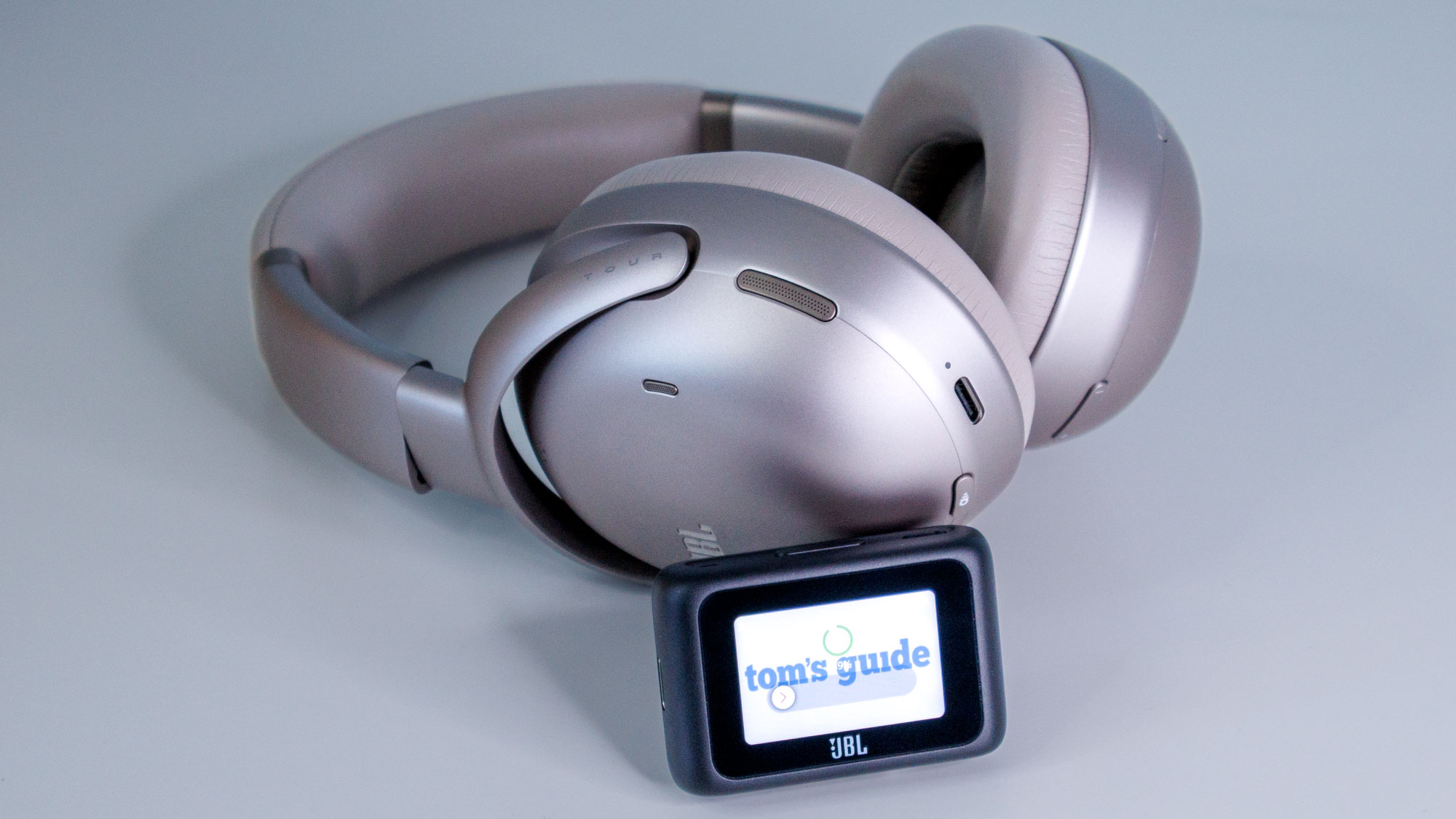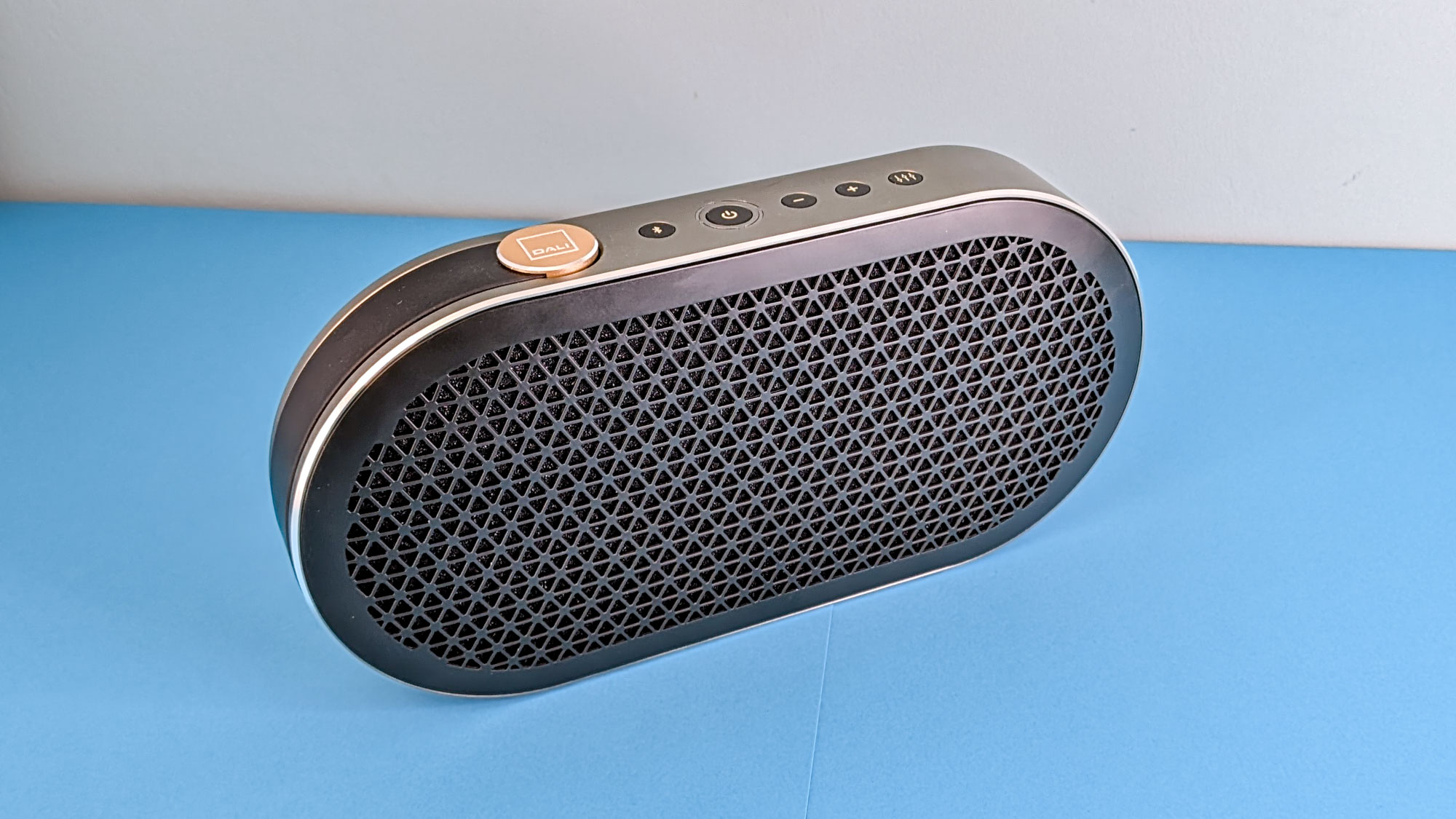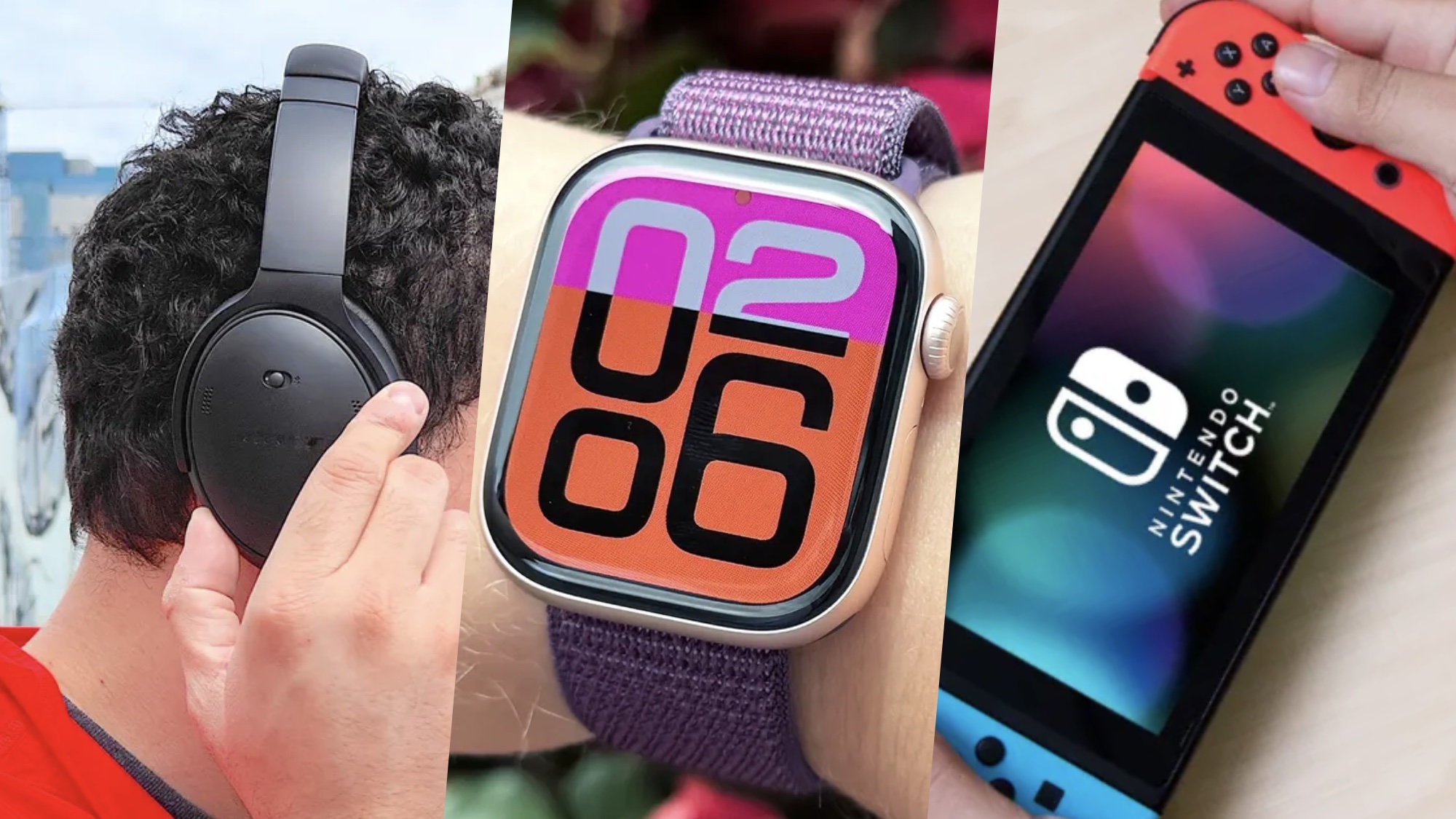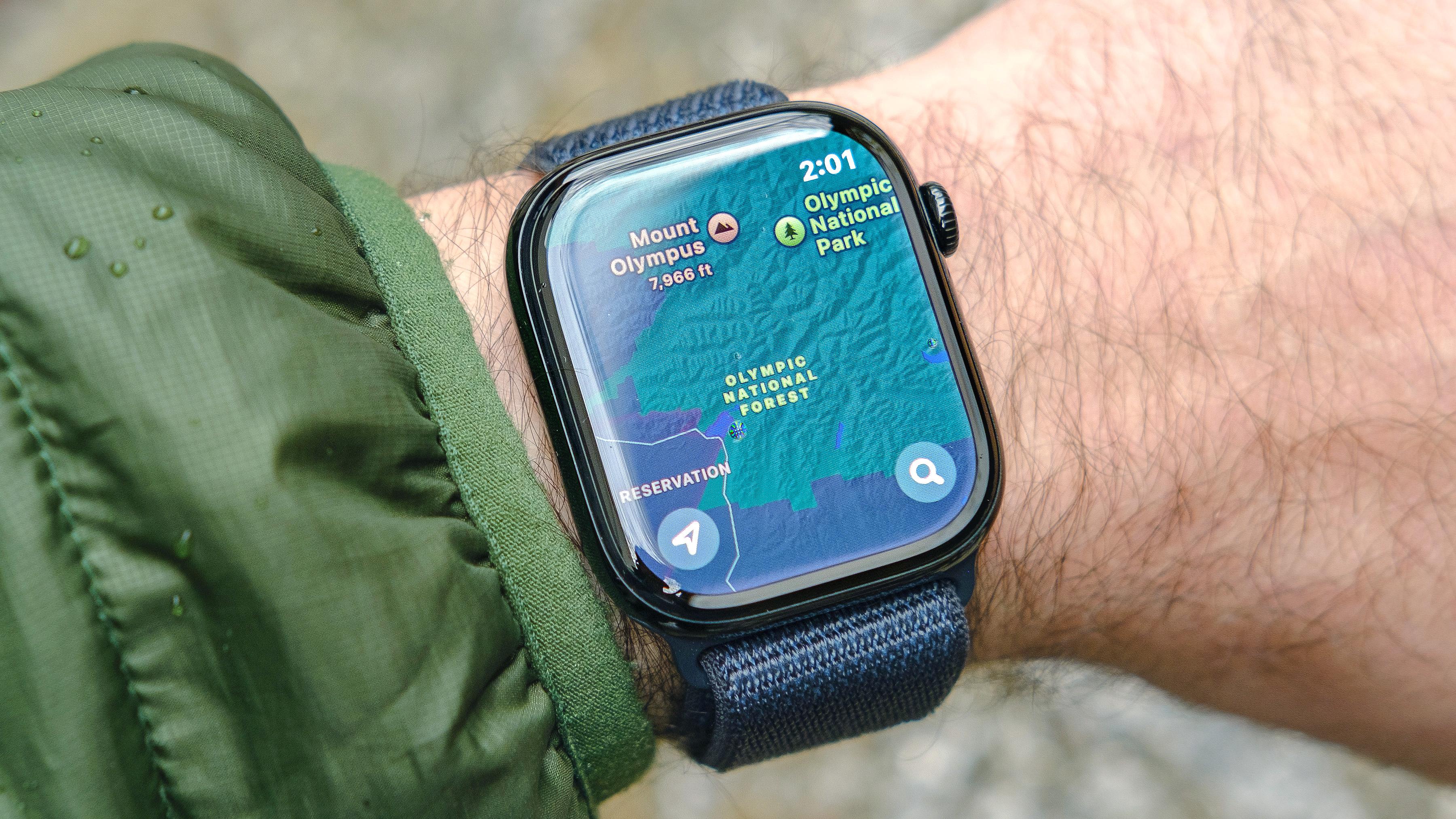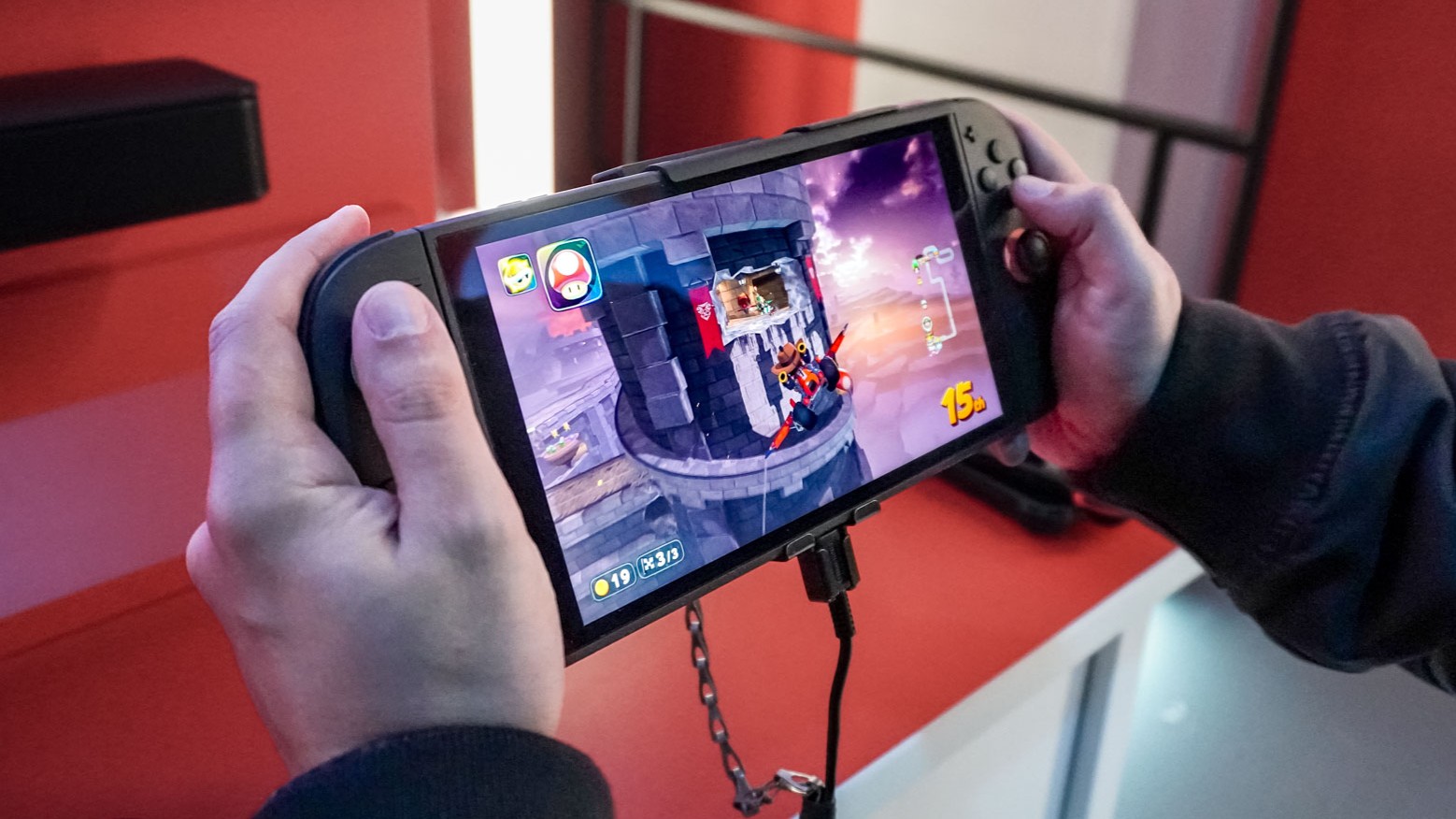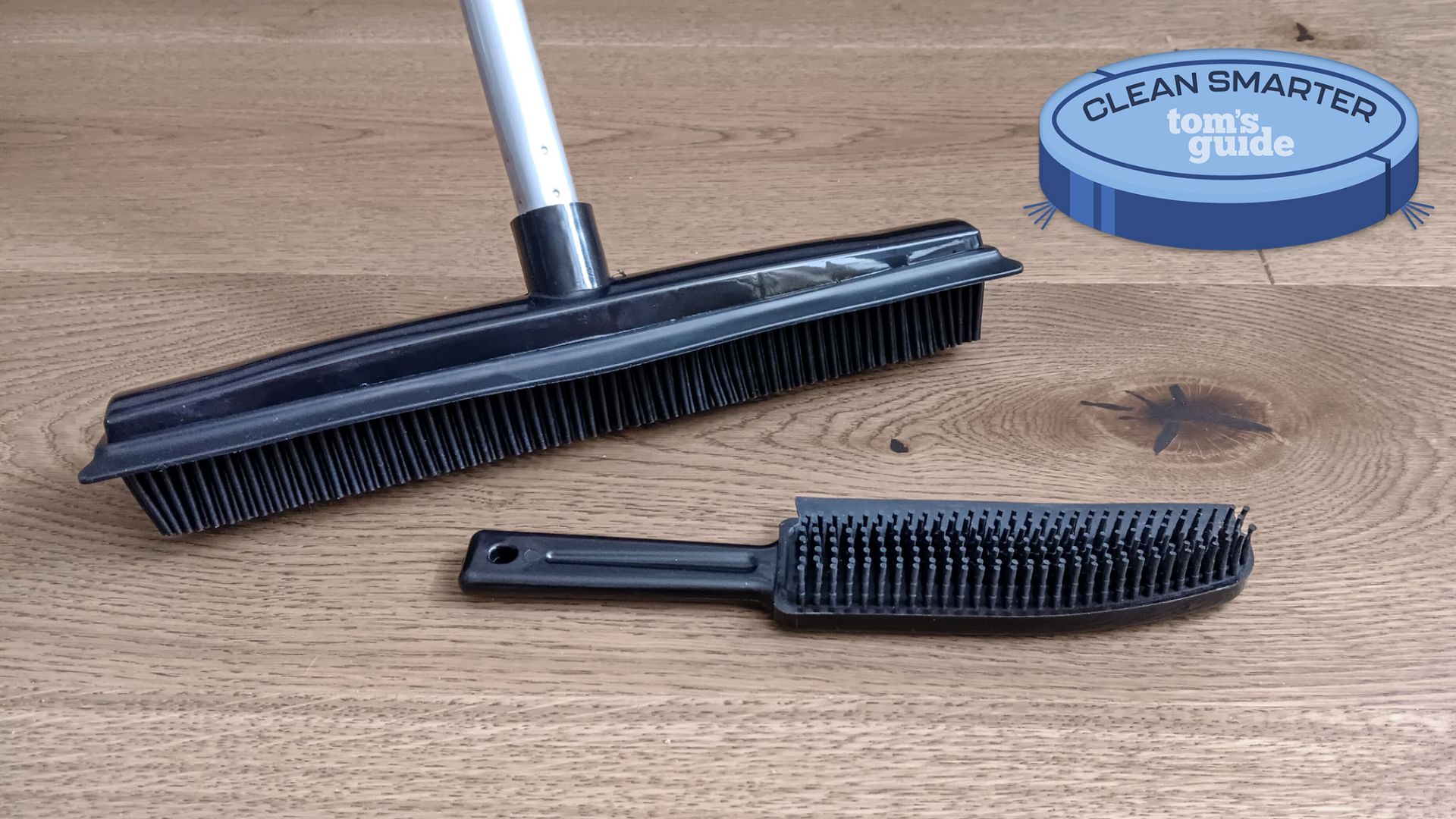I just listened to Bluetooth lossless audio for the first time — here’s what happened
AptX Lossless Audio isn't quite the step up in sound quality I anticipated
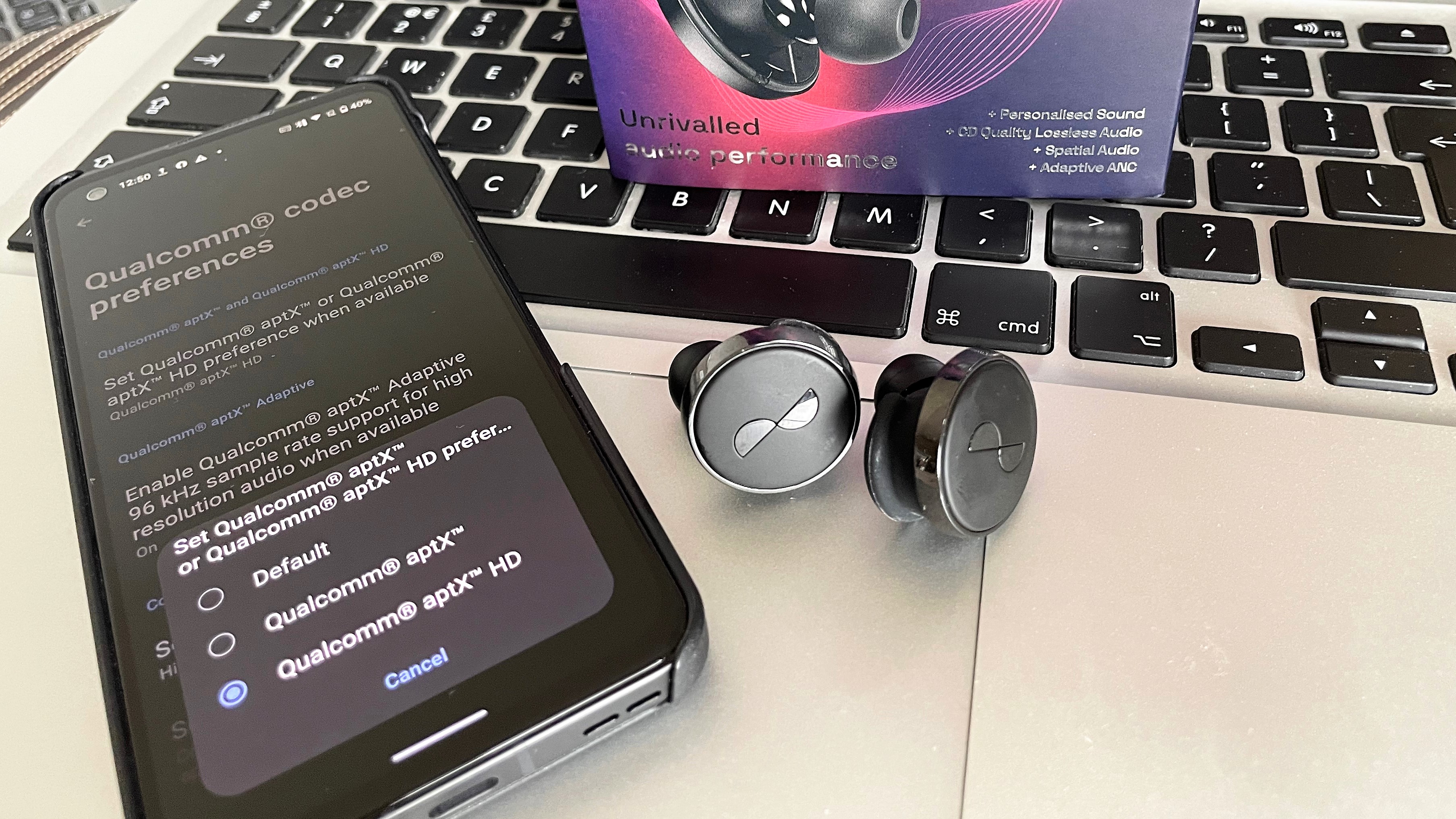
One of the things I love about my job as audio editor is that I get to be among the first to experience the latest audio tech. From product launches showcasing the latest model(s) to join a brand's line-up, to demonstrations pointing to tech advances with the promise of improving the way we connect and experience audio in our daily lives, it is an exciting and privileged role that continuously drives my expectations for better audio standards.
That being said, I know (from my considerable years of experience) to maintain a degree of skepticism when it comes to being the first to be briefed on the latest audio miracle.
One of the most exciting developments on my audio radar over the past few months has been the roll out of Qualcomm's aptX Lossless Audio codec. Originally announced in 2021, the new codec promises CD-quality sound over Bluetooth wireless connection, which for Hi-Fi nuts like myself sounds like the holy grail of codecs to free us from lossy compression techniques that are currently used to carry audio data over the bandwidth-limited wireless connectivity.
The bad news? It's not as impressive as I was expecting.
What is aptX Lossless Audio?
If you've been following the story you'll know that the new codec is part of Qualcomm's Snapdragon Sound, which promises to stream 16-bit/44.1kHz, CD-quality audio 'bit-for-bit' over Bluetooth at data rates of up to 1,200kbps (or 'beyond 1Mbps' as the marketing blurb claims).
For a perspective on how significant this is, aptX Adaptive offers a bitrate of up to 420kbps, aptX HD 576kbps, while Sony's LDAC offers a maximum streaming bitrate of 990kbps, so the promise of a step up in audio quality over Bluetooth can only be a good things as far as I'm concerned.
Those with a keen eye for detail (or should that be ear?) will realise that aptX Lossless Audio isn’t entirely without compression. There’s still some compression needed for the 1,411kbps CD-quality audio data to be squeezed down to the 1,200kbps maximum bitrate that aptX Lossless is capable of handling — however, it's significantly less than other codecs and is said to have no impact on the transfer of audio data.
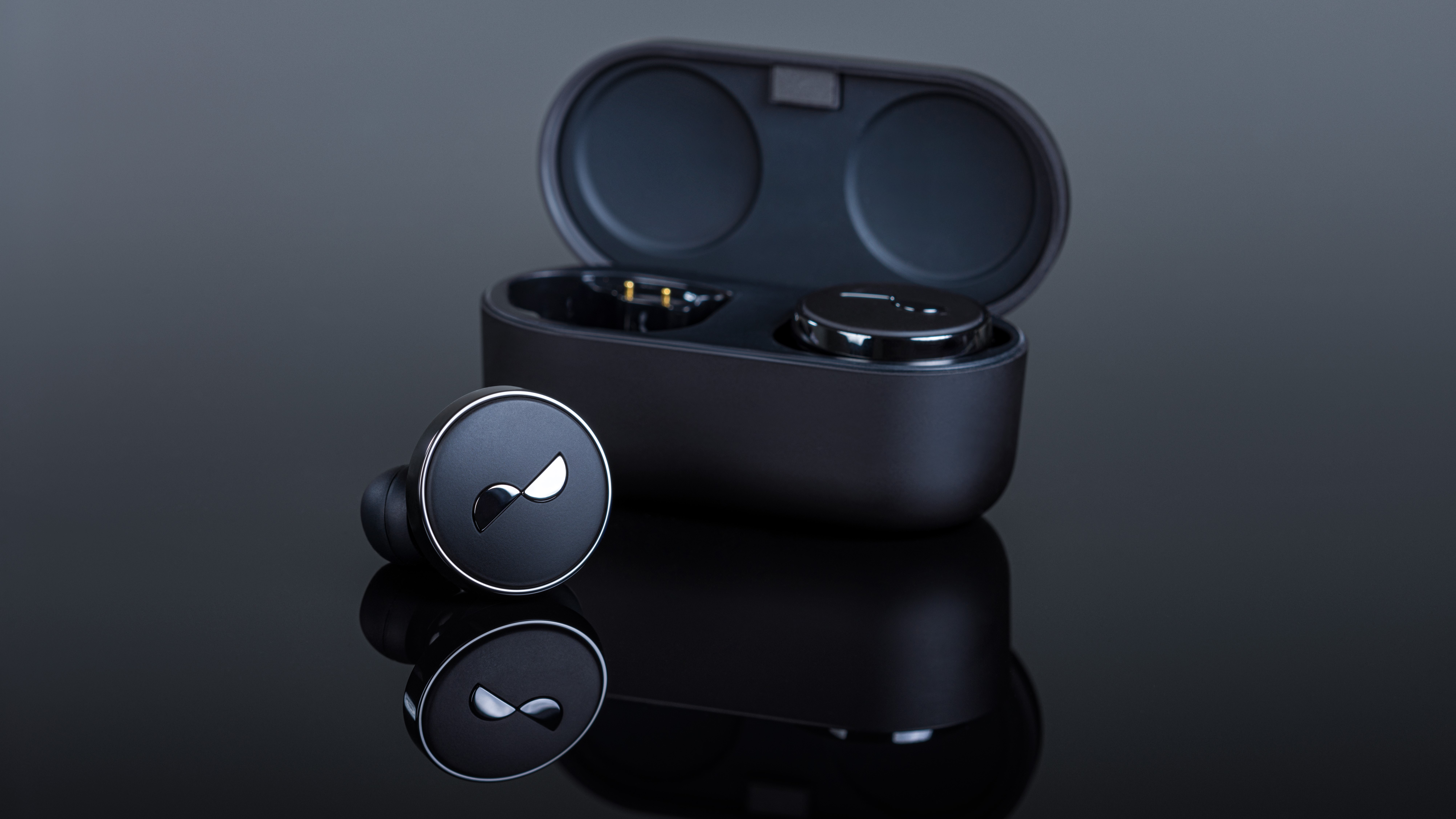
Which devices offer aptX Lossless Audio?
Thanks to Australian audio specialist Nura, I've been trying out the company's NuraTrue Pro ($329) true wireless earbuds for the last few months. As a new introduction to the company's range of headphones, the NuraTrue Pro will be among the first to support Qualcomm’s aptX Lossless Audio codec when they go on sale later this year.
Of course, as well as headphones capable of supporting the lossless audio codec, you also need a device capable of transmitting it. So far, support for aptX Lossless codec has been limited to just a few Android devices, and Nura was kind enough to send me a Asus Zenfone 9 mobile phone to try out with its Pro earbuds and demo aptX Lossless Audio sound myself with one of the first mobile playback devices to support the new codec.
How does aptX Lossless Audio sound?
I've spent a good amount of time getting to know the NuraTrue Pro earbuds connected my iPhone 12 Pro via standard AAC over Bluetooth, so I was pretty confident that I'd be able to hear the benefits the new aptX Lossless Audio codec would bring.
My listening focused mainly on the audio tracks that Nura had preloaded on to the Asus phone it sent over, plus some of my own tracks for reference. Most of these were Tidal music streams and Nura's lossless audio demo playlist contained mainly high-resolution tracks showcasing a wide range of music taste and styles, although I streamed some additional CD-quality tracks too.
From what I've heard so far, it is difficult for me to view aptX Lossless as a genuine audio improvement.
During my listening session I was surprised that there didn't appear to be quite the step up in sound quality I had anticipated while patiently waiting to experience the next evolutionary step in aptX codecs. That's not to say there weren't any benefits at all, although I hasten to add they were surprisingly subtle.
For me, any quality improvements majored on a bit more detail to both the lower and upper frequency ranges, but that's pretty much it. There was a little more solidity and image focus on tracks such as Rag'n'Bone Man's "Human" — the jangly chains and hand claps sounded more natural and less abrasive too. I felt there was a bit more space around Chris Martin's Vocal while listening to Coldplay's "Rush of Blood to the Head" album, and vocals generally appeared to have more space and 'air' around them, but the upgrade wasn't quite the night and day sound contrast I had anticipated.
Is this really the future of wireless audio?
I'm not much of a fan of the term audiophile that's often used to describe someone like myself who is perhaps a bit fussy about sound quality. But I admit, I am fanatical about seeking out the best technology and products to boost the way I experience my favorite music of movies at home. From what I've heard so far, though, it is difficult for me to view aptX Lossless as a genuine audio improvement.
To make matters more doubtful, the Snapdragon Sound software tool showed aptX Adaptive — despite having all the phone settings at the highest audio performance level possible — adding to my need for some greater clarity and reassurance.
In fairness, I cannot hand on heart say that I was entirely confident that I was listening to music streamed using the aptX Lossless Audio codec, although all the menu options certainly pointed that way.
The experience has actually ended up highlighting to me just how good standard Bluetooth audio sound quality has become over recent years, and testament to Nura's audio handling capabilities no matter what Bluetooth codec the Pro earbuds are connected to. It does leave me with some concerns about the codec's implementation and usability issues, though, which could further add to the confusion surrounding audio formats, and audio quality output of different steaming services to achieve high-quality audio playback.
In a wirelessly connected world where user experience is everything and the success of a product or technology can live or die on how intuitive it is to use, the fact that I found it near-impossible to confirm whether I was listening in aptX Lossless at any point during my trial is likely to be one of the biggest stumbling blocks to the aptX Lossless Audio codec's success.
Look out for our full NuraTrue Pro review coming soon.
Sign up to get the BEST of Tom's Guide direct to your inbox.
Get instant access to breaking news, the hottest reviews, great deals and helpful tips.

After 2.5 years as Tom's Guide's audio editor, Lee has joined the passionate audio experts at audiograde.uk where he writes about luxury audio and Hi-Fi. As a former editor of the U.K.'s Hi-Fi Choice magazine, Lee is passionate about all kinds of audio tech and has been providing sound advice to enable consumers to make informed buying decisions since he joined Which? magazine as a product tester in the 1990s. Lee covers all things audio for Tom's Guide, including headphones, wireless speakers and soundbars and loves to connect and share the mindfulness benefits that listening to music in the very best quality can bring.
-
UnreadableLlama I'm curious: did you try enabling developer options in the phone's system settings to check the Bluetooth audio codec being used or at least supported by the earbuds?Reply -
Momoctey No one is bragging on its ability to accurately differentiate lossless vs Spotify in blind tests and the reason is obvious. Compression cut only highest frequencies that most people don't hear anyway and when you can hear them it's giving you fatigue instead of pleasure. Lossless audio is just marketing.Reply -
Mikey 210 ReplyMomoctey said:No one is bragging on its ability to accurately differentiate lossless vs Spotify in blind tests and the reason is obvious. Compression cut only highest frequencies that most people don't hear anyway and when you can hear them it's giving you fatigue instead of pleasure. Lossless audio is just marketing.
I guarantee you that you can instantly tell the difference between Spotify (compressed) and AIFF audio on my stereo rig. If you're listening to music through 1/2" speakers, you're doomed to mediocrity. -
Momoctey Do a blind test. I have tried up to 10k system and the sound is so good that I get bored quickly trying to do better with lossless or worse high Res.Reply -
Massi1234 Funny that the bar is set at CD quality... When the CDs came out were classed as poor quality Vs the vynil!Reply -
Mikey 210 Reply
True enough; a 12" vinyl LP holds more information than a CD. In practice however, the quality of the recording makes an even bigger difference. The problem in recent years, the so-called "loudness wars," is that music was produced to be compressed, and didn't sound that good uncompressed.Massi1234 said:Funny that the bar is set at CD quality... When the CDs came out were classed as poor quality Vs the vynil! -
bandit8623 if the app says aptx adaptive.... you were listiening to adaptive. you were not on lossless. pretty simple.... not a good review. bashing something without actually testingReply
